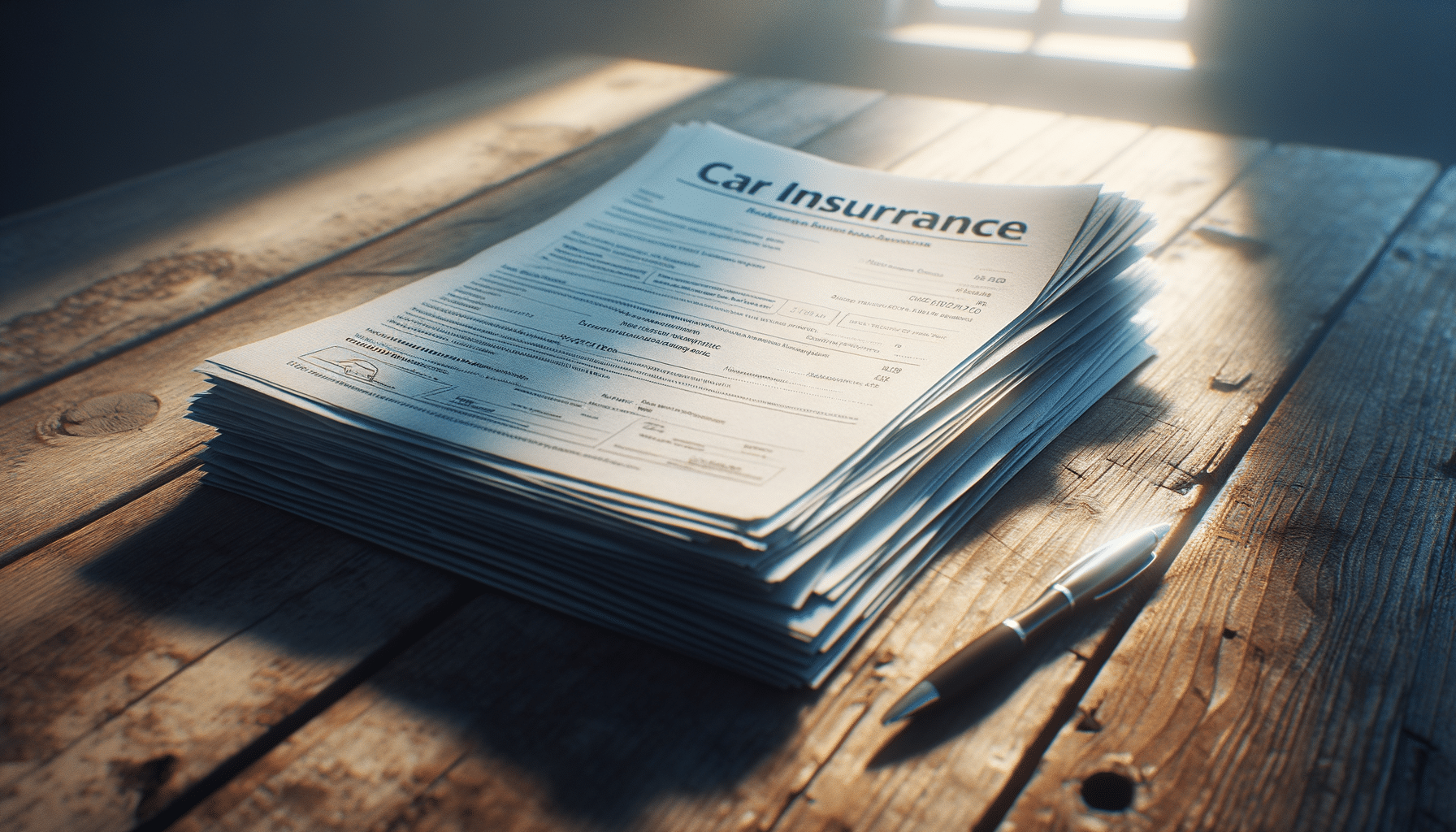
Learn More About Car Insurance
Understanding Car Insurance: An Essential Overview
Car insurance is not just a legal requirement in many places but also a crucial financial safety net for vehicle owners. It provides protection against potential financial losses resulting from accidents, theft, or damage. Understanding the nuances of car insurance can be daunting, but it is essential for making informed decisions. Policies typically include various types of coverage, each serving a specific purpose. Among the most common are liability, collision, and comprehensive coverage. Each of these plays a critical role in safeguarding both the vehicle and the driver.
Liability insurance is mandatory in most regions, covering the costs associated with injuries or damages caused to others in an accident. Collision coverage, on the other hand, takes care of the expenses related to the repair or replacement of your vehicle following a collision, regardless of fault. Comprehensive coverage is broader, protecting against non-collision-related incidents such as theft, vandalism, or natural disasters. By understanding these components, policyholders can better tailor their insurance to fit their needs and budget.
Moreover, car insurance provides peace of mind, allowing drivers to navigate the roads with confidence. By assessing personal driving habits, vehicle value, and regional requirements, individuals can select the coverage that offers the right balance between cost and protection. With a solid grasp of car insurance basics, drivers can avoid unnecessary expenses and ensure they are adequately protected against unforeseen events on the road.
Types of Car Insurance Coverage
Car insurance encompasses a variety of coverage types, each designed to address specific risks and needs. Understanding these options can help policyholders make informed choices that suit their unique circumstances. Here are some of the most prevalent types of car insurance coverage:
- Liability Coverage: This is the most basic form of car insurance and is legally required in most jurisdictions. It covers bodily injury and property damage that the policyholder is legally responsible for in an accident.
- Collision Coverage: This type of insurance pays for damage to the policyholder’s vehicle resulting from a collision with another vehicle or object, regardless of who is at fault.
- Comprehensive Coverage: Also known as “other than collision” coverage, this policy covers damage to the policyholder’s car from non-collision-related incidents such as theft, fire, vandalism, or natural disasters.
- Uninsured/Underinsured Motorist Coverage: This coverage protects the policyholder if they are involved in an accident with a driver who either has no insurance or insufficient coverage.
- Personal Injury Protection (PIP): Often referred to as no-fault insurance, PIP covers medical expenses and, in some cases, lost wages and other damages incurred by the policyholder and passengers following an accident.
Each of these coverage types serves a specific purpose and can be combined to provide a comprehensive safety net for drivers. By evaluating personal needs and financial considerations, drivers can select the appropriate mix of coverages to ensure they are adequately protected.
Factors Influencing Car Insurance Premiums
Car insurance premiums can vary significantly based on a multitude of factors. Understanding these factors can help policyholders manage their insurance costs effectively. Here are some key elements that influence car insurance premiums:
- Driving Record: A clean driving record with no accidents or traffic violations typically results in lower premiums. Conversely, a history of accidents or violations can lead to higher rates.
- Vehicle Type: The make, model, and age of a vehicle can impact insurance costs. High-performance cars or luxury vehicles often incur higher premiums due to their repair costs and theft risk.
- Location: Where a policyholder lives can affect their premium. Urban areas with higher traffic density and accident rates usually have higher insurance costs compared to rural areas.
- Coverage Level: The amount and type of coverage selected directly influence the premium. Higher coverage limits and additional options like rental reimbursement or roadside assistance can increase costs.
- Credit Score: In some regions, insurers use credit scores as a factor in determining premiums. A higher credit score may lead to lower insurance costs.
By understanding these factors, drivers can take proactive steps to potentially lower their insurance costs. Shopping around for quotes, maintaining a clean driving record, and choosing a vehicle with a strong safety record are just a few strategies to manage premium expenses.
Choosing the Right Car Insurance Policy
Selecting the right car insurance policy requires careful consideration of various factors to ensure adequate protection and value. Here are some steps to guide you in choosing the right policy:
- Assess Your Needs: Consider your driving habits, vehicle value, and financial situation to determine the types and levels of coverage you require.
- Compare Quotes: Obtain quotes from multiple insurance providers to compare prices and coverage options. This can help you find a policy that fits your budget and needs.
- Evaluate Deductibles: The deductible is the amount you pay out of pocket before insurance kicks in. Choosing a higher deductible can lower premiums but increases your financial responsibility in the event of a claim.
- Check for Discounts: Many insurers offer discounts for safe driving, bundling policies, or having certain safety features in your vehicle. Inquire about available discounts to reduce costs.
- Read the Policy Carefully: Before signing, thoroughly read the policy document to understand coverage details, exclusions, and claim procedures.
By taking these steps, you can select a car insurance policy that provides the protection you need at a price you can afford. It’s important to regularly review your policy to ensure it continues to meet your changing needs and circumstances.
The Future of Car Insurance: Trends to Watch
The car insurance industry is evolving rapidly, influenced by technological advancements and changing consumer expectations. Here are some trends shaping the future of car insurance:
- Telematics: The use of telematics devices to monitor driving behavior is becoming increasingly common. These devices collect data on speed, braking, and mileage, allowing insurers to offer personalized premiums based on actual driving habits.
- Usage-Based Insurance (UBI): With UBI, premiums are calculated based on how much and how well a person drives. This model is gaining popularity as it offers potential savings for low-mileage drivers.
- AI and Automation: Artificial intelligence is streamlining the claims process, improving customer service, and enhancing risk assessment. Automation is expected to reduce administrative costs and improve efficiency.
- Digital Platforms: The rise of digital platforms and apps is making it easier for consumers to compare, purchase, and manage car insurance policies online, offering greater convenience and transparency.
- Environmental Considerations: As electric and hybrid vehicles become more common, insurers are adapting their policies to address the unique risks and needs associated with these vehicles.
These trends indicate a shift towards more personalized, efficient, and environmentally conscious car insurance solutions. Staying informed about these developments can help policyholders make informed decisions and take advantage of new opportunities in the market.


